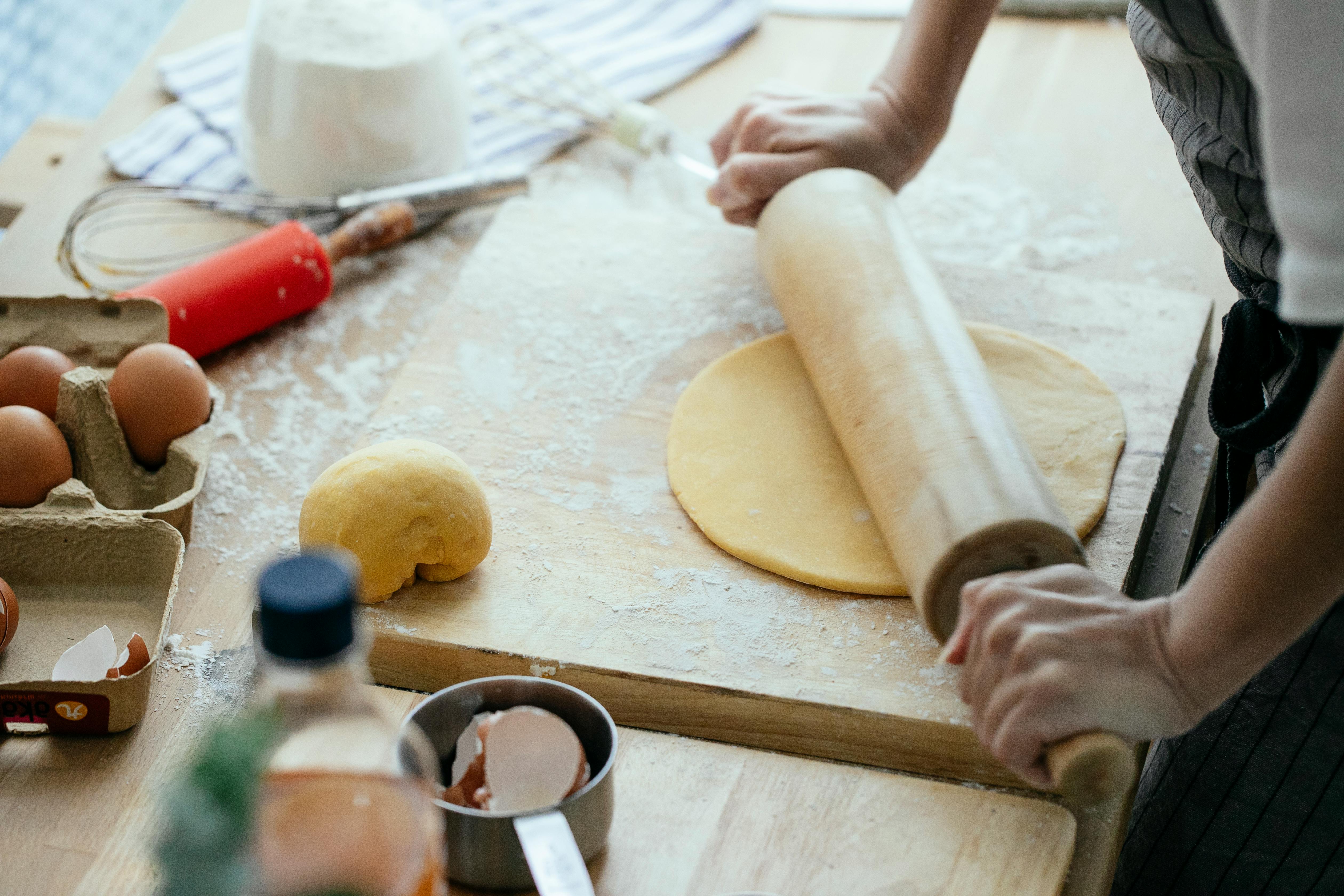Kitchen countertop materials: which one is better for your kitchen?
Did you know that one of the key spaces prospective buyers consider when they tour your home is the kitchen? Since it is one of the spaces where most people spend a good amount of time, it is important that the buyer feels that it is a useful and pleasant space.
There are many materials that you can use in your kitchen to improve countertops and give them added value. Options range from natural to man-made materials with many types of each at a variety of price points to choose from.
One of the most natural looking materials you can use for a countertop is wood. Although it may require some care to prevent staining, it is a very practical material for countertops, especially in a food preparation area. The surface can also be sanded and resealed, although it is recommended not to use it next to a stove or sink to prevent damage from hot pots or water. The only real downside to a wood or butcher block countertop is that it can be expensive.
Stone is another great natural countertop material and there are a variety of types you can choose from. Marble is a beautiful and rich material for countertops. Because it stays cool to the touch, it may be worth installing a traditional French pastry table in your kitchen, especially if you do a lot of baking. Marble needs to be treated well; it is quite expensive, it can be easily scratched and stained if not sealed.
Granite is another stone that is commonly used in countertops; It is beautiful and comes in many colors. Granite is heat resistant and hard, but like marble, it needs sealing to prevent staining. Granite must be installed carefully as it can crack if not supported evenly throughout the process.
Stainless steel is a good alternative for those looking for a highly durable countertop material; It is heat resistant and easy to clean. A steel countertop can be made seamless, unlike many other types of materials, making it easier to keep water seepage out of the seams. It is quite an expensive material and has a few negligible drawbacks; a steel countertop can dent, but most other types of materials will splinter with the force it would take to dent a steel countertop. The other drawback of a stainless steel counter is that they will dull your knives, however you should NEVER cut anything directly on a counter anyway unless it is a wooden counter or butcher block.
A much cheaper but less durable countertop material is laminate. While laminate doesn’t look as rich as most other types of countertops, it can be an inexpensive replacement for an old, outdated countertop that makes your kitchen unappealing to prospective buyers. It comes in many colors and is easy to clean. Laminate can chip or scratch, so be careful to never cut directly into the surface. Cheap laminate can be a bit of a hassle, so make sure you choose a quality product.
Tile is a fairly inexpensive option for a new countertop that will generally give it a richer look than laminate. The cost of a tiled countertop will vary depending on the type of tile chosen; there are many varieties in tile color, shape and size to choose from. The tiles are heat resistant and easy to clean, but the grout needs to be sealed as it is quite porous and can stain. Tiles are also susceptible to cracking and chipping, so treat them with care.
Concrete is another option homeowners can choose for their kitchen. It’s a relatively new addition to the kitchen countertop realm, but it can be a great option. It can be quite expensive, but it is heat and scratch resistant and can be molded into any shape you need. The concrete has a distinctly industrial feel and requires sealing to keep it stain free.
The last option for a man-made countertop material is engineered stone. Engineered stone is made from resin along with a variety of other materials to give it the look of authentic stone. However, engineered stone is available in a much wider range of colors than natural stone. Engineered stone is stain resistant and easy to clean. The only real downside to engineered stone is cost, but when you consider the lack of upkeep and upkeep required, it’s less of an issue.
You can mix and match materials for use in different areas of the kitchen to make the most of the benefits of each type. It makes sense to use one material for the main countertop area and then have a marble slab for a pastry station and butcher counter for chopping and prepping. Remember, the most important thing to consider when you replace countertops to increase the value of your home is that you make the new space attractive and usable.
